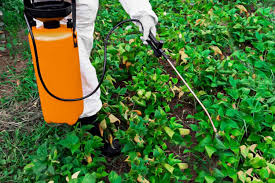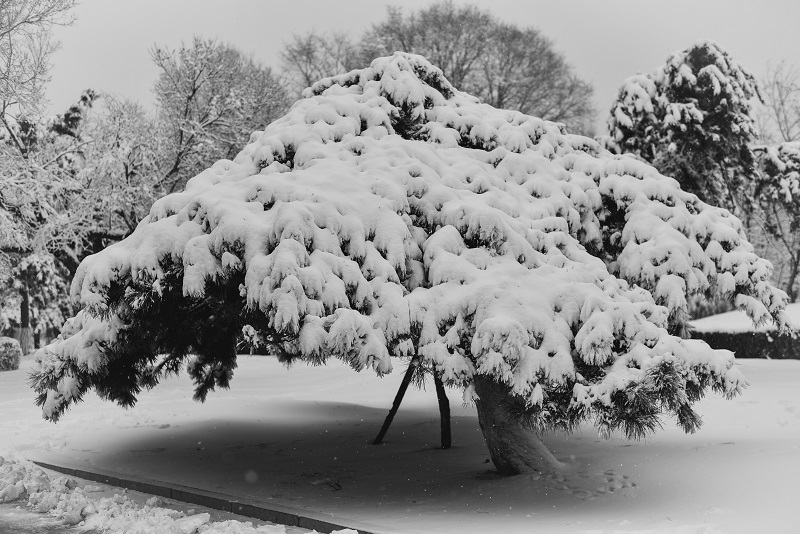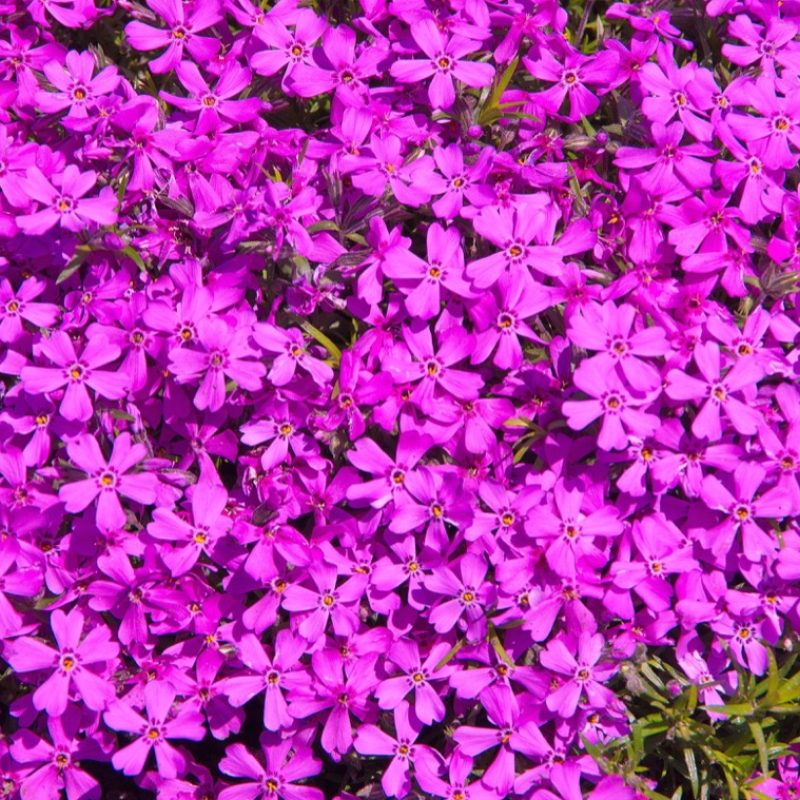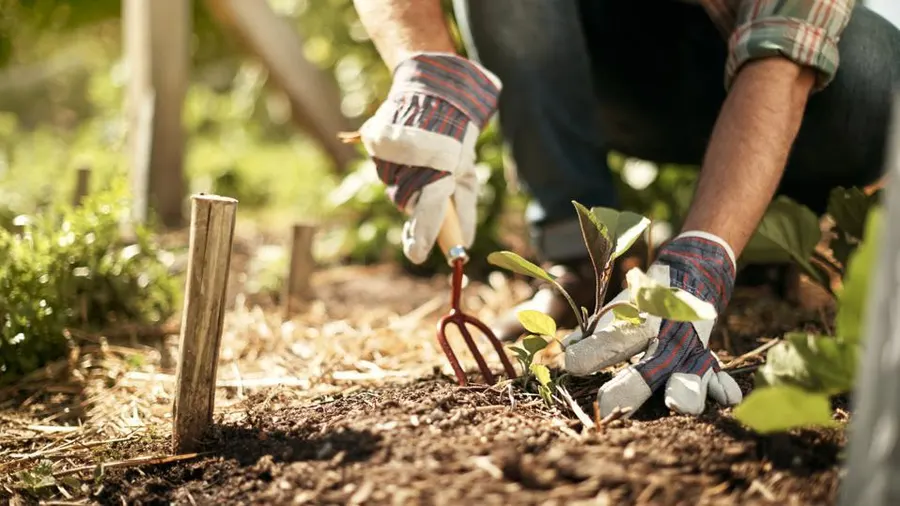The Essential Guide to Effective Weed Control in Your Lawn

Key Takeaways:
- Distinguishing types of weeds and their ecological impact.
- Early detection of weeds is vital for a healthy lawn.
- Timing is crucial when spraying yard for weeds.
- Selecting environmentally responsible herbicides and natural alternatives.
- Implementing appropriate application techniques and post-treatment care.
- Adhering to weed control laws and community best practices.
Table of Contents:
- Understanding the Basics of Weed Infestation
- Detecting Early Signs of Weeds in Your Backyard
- Prevention Strategies for a Weed-Free Lawn
- When to Consider Spraying for Weeds
- Choosing the Right Herbicides for Your Lawn
- Application Techniques for Optimal Effectiveness
- Post-Spraying Lawn Care and Maintenance
Understanding the Basics of Weed Infestation
Identifying and managing weeds can be more complex than it seems. These unwelcome plants are not just unsightly; they compete with your lawn for nutrients, water, and sunlight. But beyond the immediate impact on your landscape, weeds can harbor pests and diseases that might spread to desirable plants. They may also indicate other problems, such as compacted soil or poor drainage, underlying issues that must be addressed for a healthy garden. The impact of weeds extends to local ecosystems, where they can outcompete native species and reduce biodiversity. It is thus crucial to understand the specific types of weeds and their lifecycles, so that control efforts can be both effective and environmentally sensitive.
Detecting Early Signs of Weeds in Your Backyard
Vigilant gardeners know that the early detection of weeds is the first line of defense. Weeds tend to sneak up, silently sprouting amidst your grass, making them harder to control if they gain a foothold. Visual cues like unexpected leaf shapes, unusual color patches, or a sudden change in growth rate can alert you to their presence. The sooner you identify the weed, the easier it is to eradicate before it sets seed or spreads.
Prevention Strategies for a Weed-Free Lawn
A solid preventive strategy can significantly reduce the occurrence of weeds. Ensuring your lawn is dense and healthy is a natural deterrent. Techniques like regular mowing at the appropriate height, correct watering, and applying the right type and amount of fertilizer can create unfavorable conditions for weeds to establish. However, when prevention must be supplemented with direct action, the timing, selection, and application method for spraying yard for weeds become central to your strategy.
When to Consider Spraying for Weeds
In the weed management calendar, sometimes a more aggressive approach is called for. If prevention methods fail to keep weeds at bay, or if an infestation is already underway, this is when herbicides come into play. Late winter to early spring is a prime window for pre-emergent weed solutions, stopping weeds before they start. Meanwhile, post-emergent herbicides are most effective during active weed growth, typically in late spring to early summer. The exact timing can vary based on your geographic location and the weed species, but these general guidelines hold true for many common weeds.
Choosing the Right Herbicides for Your Lawn
Herbicides are varied and complex, with different formulas designed for specific types of weeds and growth stages. When selecting a herbicide, it’s essential not only to choose one that will effectively target your lawn’s weed problem but also to consider the product’s potential impact on the environment, pets, and humans. This means weighing options between synthetic and organic herbicides and understanding when and how to use them. While traditional herbicides can offer effective and fast results, natural alternatives emphasize sustainability and are increasingly preferred by ecologically conscious gardeners.
Application Techniques for Optimal Effectiveness
Applying herbicides effectively involves more than just spraying the product over your lawn. Proper technique, observing weather conditions, and following the manufacturer’s instructions is essential to ensure that the herbicide works as intended without causing undue harm. Coverage must be even and precise to avoid missing weed patches or damaging nearby plants. By adhering to these best practices, you can manage weeds effectively while keeping your lawn and the surrounding environment safe.
Post-Spraying Lawn Care and Maintenance
After addressing your weed issue, ongoing lawn care becomes paramount. Monitoring the treated areas for any potential weed resurgence and maintaining a schedule of aeration, fertilization, and over-seeding will help prevent future outbreaks. A consistent and tailored lawn maintenance regimen is vital to keeping your yard in top condition and safeguarding against a return of weed problems.





